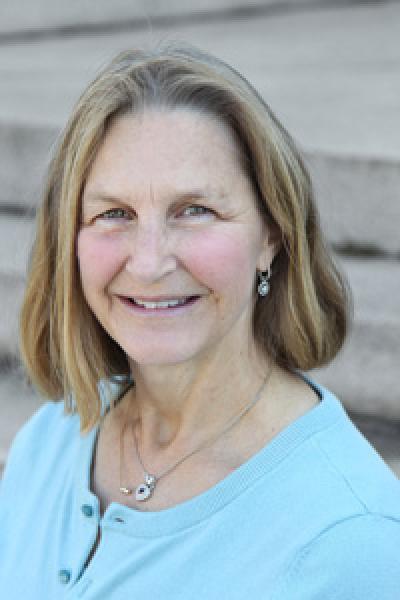Screening for breast cancer every two years appears just as beneficial as yearly mammograms for women ages 50 to 74, with significantly fewer "false positives" – even for women whose breasts are dense or who use hormone therapy for menopause.
That is the finding of a new national study involving more than 900,000 women.
The study was published on March 18 in JAMA Internal Medicine.
The same team of researchers from UC San Francisco and Seattle-based Group Health Research Institute recently reported similar results for older women ages 66 to 89 years old.
By contrast, women in their 40s with extremely dense breasts who undergo biennial mammography are more likely to have advanced-stage and large tumors than women who undergo annual mammography – but annual mammograms also resulted in more false positives, according to the new study from the Breast Cancer Surveillance Consortium (BCSC), the largest available screening mammography dataset in the United States. Having dense breasts means it is difficult for X-rays to pass through the breast tissue.
"Increasing age and high breast density are among the strongest risk factors for the disease," said senior author Karla Kerlikowske, MD, a professor of medicine at UCSF and a physician at the UCSF-affiliated San Francisco VA Medical Center.
Kerlikowske and other BCSC researchers reported in 2012 that risk factors may inform individual decisions that women make with their doctors about when to start breast cancer screening and how often to repeat it. For instance, a family history of breast cancer raises the likelihood of developing the disease but it does not increase the chances of advanced-stage tumors or large tumors.

This is Karla Kerlikowske, M.D.
(Photo Credit: Susan Merrell/UCSF)
"These individual decisions involve evaluating the balance between the benefits of screening – detecting cancer early – and the potential harms, such as false positives among healthy women," Kerlikowske said. "Some people who are at higher risk of disease may be more willing than those at lower risk to accept such potential harms of screening."
False positives mean that women without cancer are called back for more testing, including biopsies, ultrasounds and more mammograms.
"For women 50 to 74 years old with dense breasts who are cancer free, we estimated that more than half will be recalled for additional mammography at least once over the course of 10 years of annual screening," said study co-author Rebecca A. Hubbard, PhD, an assistant investigator at Group Health Research Institute who is also at the University of Washington School of Public Health. "Screening every other year decreases this risk by about a third. The risk of false-positive results is even higher for women who begin annual screening at age 40."
When the U.S. Preventive Services Task Force updated its breast cancer screening guidelines in 2009, it advised women to make individual decisions with their doctor. But for average-risk women, these guidelines advised screening mammography every two years for women ages 50 to 74. The guidelines recommended that women in their 40s consider their personal values regarding the benefits and harms and then decide when to begin regular screening. The Task Force deemed evidence on risk factors other than age to be weak at that point.
The new study was designed to explore other risk factors for breast cancer, beyond age. Extremely dense breasts and taking combination hormone therapy (with estrogen and progestin, although not with estrogen alone) had already been shown to raise women's rates of advanced-stage or large tumors. The new study adds to this evidence by showing regardless of breast density or hormone use, screening every other year did not raise the likelihood of detecting advanced-stage or large tumors, compared to yearly screening.
Approximately 12 to 15 percent of women in their 40s – and approximately 3 to 6 percent of those ages 50 to 74 – have extremely dense breasts.
How does a woman know if her breasts are dense or extremely dense?
"It's a "Catch- 22"," said co-author Diana L. Miglioretti, PhD, a senior investigator at Group Health Research Institute who is also at the University of California at Davis. "The only standard way to determine your level of breast density is to get a mammogram. But unless your breasts are extremely dense and you have other strong risk factors, the data don't necessarily support your starting screening mammograms before age 50."